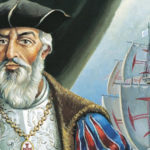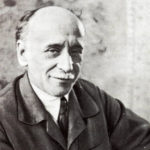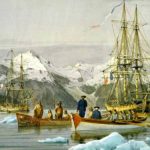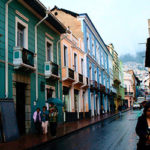Facts from the life of Amerigo Vespucci
 The famous navigator Amerigo Vespucci is a brave man to whom the world owes many great geographical discoveries. His achievements put him on a par with Christopher Columbus, James Cook and Marco Polo, who, though he traveled overland, was a pioneer in many lands. Natural courage was characteristic of Vespucci throughout his life, and he never retreated in the face of hardship and adversity.
The famous navigator Amerigo Vespucci is a brave man to whom the world owes many great geographical discoveries. His achievements put him on a par with Christopher Columbus, James Cook and Marco Polo, who, though he traveled overland, was a pioneer in many lands. Natural courage was characteristic of Vespucci throughout his life, and he never retreated in the face of hardship and adversity.
By origin, the navigator was an Italian from Florence.
During his studies, he showed great successes in geography and physics.
Vespucci’s first voyage to America lasted 24 days. He served as navigator.
His insatiable desire to see the newly discovered lands prompted him to quit a profitable trading business and go overseas.
Amerigo Vespucci was engaged in supplying the third expedition of Columbus.
He explored the territory of modern Venezuela, and it was he who called this country. The name means “little Venice”. It occurred to the navigator when he saw the houses of local Indians standing on stilts.
During the first expedition, which included Amerigo Vespucci, several hundred Indians were captured, who were turned into slaves.
He went under the Portuguese and Spanish flags, and he was invited to the Spanish fleet on the personal recommendation of Columbus, who proposed his candidacy to the Spanish king.
In all expeditions Amerigo Vespucci was either a navigator or helmsman, and also served as a cosmograph. At the same time, the captains of the ships were completely different people.
America got its name in his honor, because Columbus was sure that he had found his way to India, and Vespucci guessed that this was a completely new continent.
During the expeditions, which were, according to various sources, two or three, Amerigo Vespucci was already more than fifty years.
He first explored the coast of Brazil and the Amazon Delta.
In 1504, a book was published in the homeland of the navigator, allegedly written by him personally, but many doubt his authorship, since the style of writing is radically different from the style of Vespucci in his surviving letters.



























